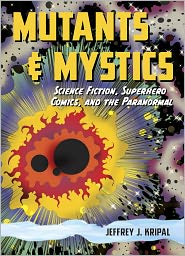Simon Matts, the developer of EsoClassics, informs us of some new developments with this product:
EsoClassics is now available for Android too. It’s free! I’ve developed a new version with English texts: its name is EsoClassics Plus and you can find it in both Android Market and Apple App Store. There are a lot of books (more than 90!) and the job has been hard, so the app is priced US 0.99 or EUR 0.79.
Included among the more than 90 books, pamphlets, documents, conferences, letters, etc., are some of the most important authors in the history of esoteric sciences: Paracelsus, Alice Bailey, H.P. Blavatsky, H.C. Agrippa, Annie Besant and Charles Leadbeater, Eliphas Levi, Rudolf Steiner,...and so on! An effort that deserves much respect. This app is designed for both iPhone and iPad and can be downloaded here.



